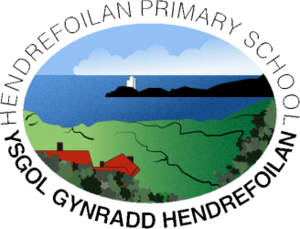Killay, Swansea facts for kids
Killay (which is called Cilâ in Welsh) is a lively area in Swansea, Wales. It's like a small town with its own local government, called a community council. Killay is located high up from the sea, about 3.5 miles (5.6 km) west of the main city centre of Swansea. It's right next to the town of Dunvant and the Tycoch part of Swansea. To the north, you'll find Gowerton. In 2011, about 5,702 people lived in Killay.
The northern part of Killay is mostly where people live, and it's known as a nice area in Swansea. The southern part has a large open space called a common. This common isn't built up and is used for animals to graze. It's also part of the beautiful Gower Area of Outstanding Natural Beauty. There's even another nearby community called Upper Killay.
Contents
Exploring Killay's Natural Spaces
Killay is home to the Killay Marsh Local Nature Reserve, a special place that covers about 21.3 acres (8.62 hectares). This reserve is a mix of different wet habitats, like a puzzle of nature! You can find wet woodlands with alder and willow trees, swamps, and marshy areas along the upper part of the River Clyne. There are also open marshes, fens (another type of wetland), wet heath, and even some drier grasslands and woodlands on the edges.
This nature reserve is what's left of a much bigger wetland area. Sadly, a lot of the original wetlands were changed for buildings and landfills between 1930 and 1970. The City and County of Swansea owns this land, and the Wildlife Trust of South and West Wales has been taking care of it since 1995, helping to protect its unique plants and animals.
Learning in Killay: Hendrefoilan Primary School
Hendrefoilan Primary School is a school right here in Killay. In 2023, there were 236 students learning there, and the headteacher is Ms Aimee Field. This school is very popular! In the 2022/23 school year, more than twice as many students wanted to join than there were spaces available.
Killay's Coal Mining Past
The village of Killay grew because of the coal mining industry in South Wales. There were many mines in Killay, the Clyne valley, and the nearby village of Dunvant, some dating back to the 1300s!
One of the biggest, but also one of the newer, companies to mine coal here was the Killan Colliery Company. They started working in 1899. This mine had two drifts (sloping tunnels). One tunnel dug for coal from the Penlan coal seam, and the other from the Penclawdd seam. In 1902, W.W. Holmes and Co took over the colliery. By 1919, the mine had become very large, employing 755 men, most of whom lived in Dunvant.
In 1920, Henry Folland's Killan Collieries Ltd bought the colliery. They needed the coal for his Grovesend Steel and Tinplate Company. By 1923, the Penclawdd drift was also producing coal for homes and had grown to be over 1,500 yards (1,370 m) long.
The Killan Colliery Disaster of 1924
On November 27, 1924, a terrible event happened at the Killan Colliery. A sudden rush of water flooded the mine with such power that it ripped out the roof. As soon as the news reached the surface, rescuers quickly rushed to the mine to help the trapped miners.
Two bodies were found almost right away. It soon became clear that eleven more men were trapped deep inside the mine. Pumps were brought in from other mines, and rescuers worked frantically to reach the trapped miners. After fifty long hours, a message came to the surface: eight men had been found alive! They had survived by breathing air from a pocket in the mine. These men were soon brought to safety.
Divers were then sent in to search for the remaining three missing men, but they couldn't find them. It wasn't until January 1, 1925, that their bodies were finally found.
The men who sadly lost their lives in this disaster were:
- Archie Davis (28 years old)
- Charles Evans (30 years old)
- Phil Godbeer (32 years old)
- Willie Goulding (22 years old)
- Wilfred John (17 years old)
The mine never fully recovered from this terrible disaster and closed later in 1925.


